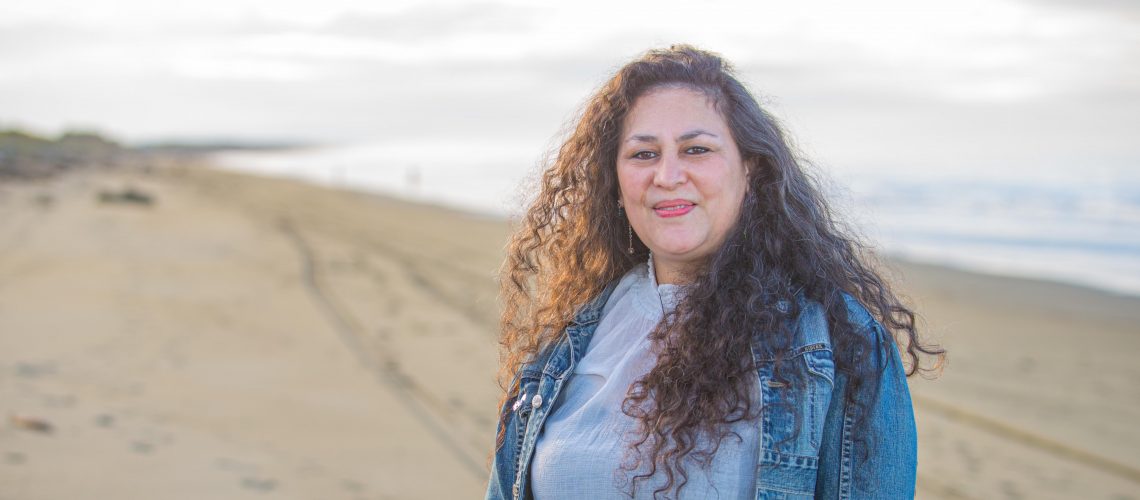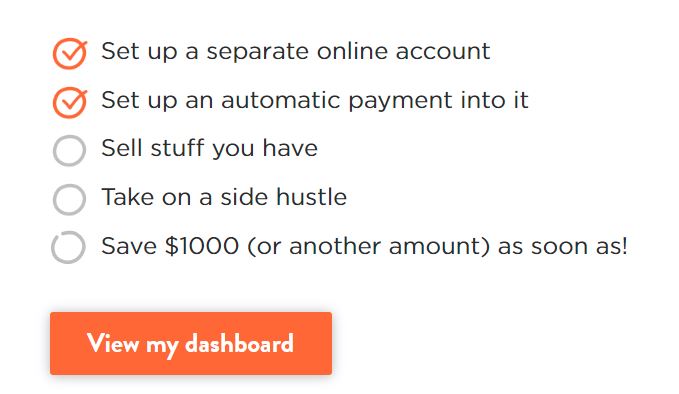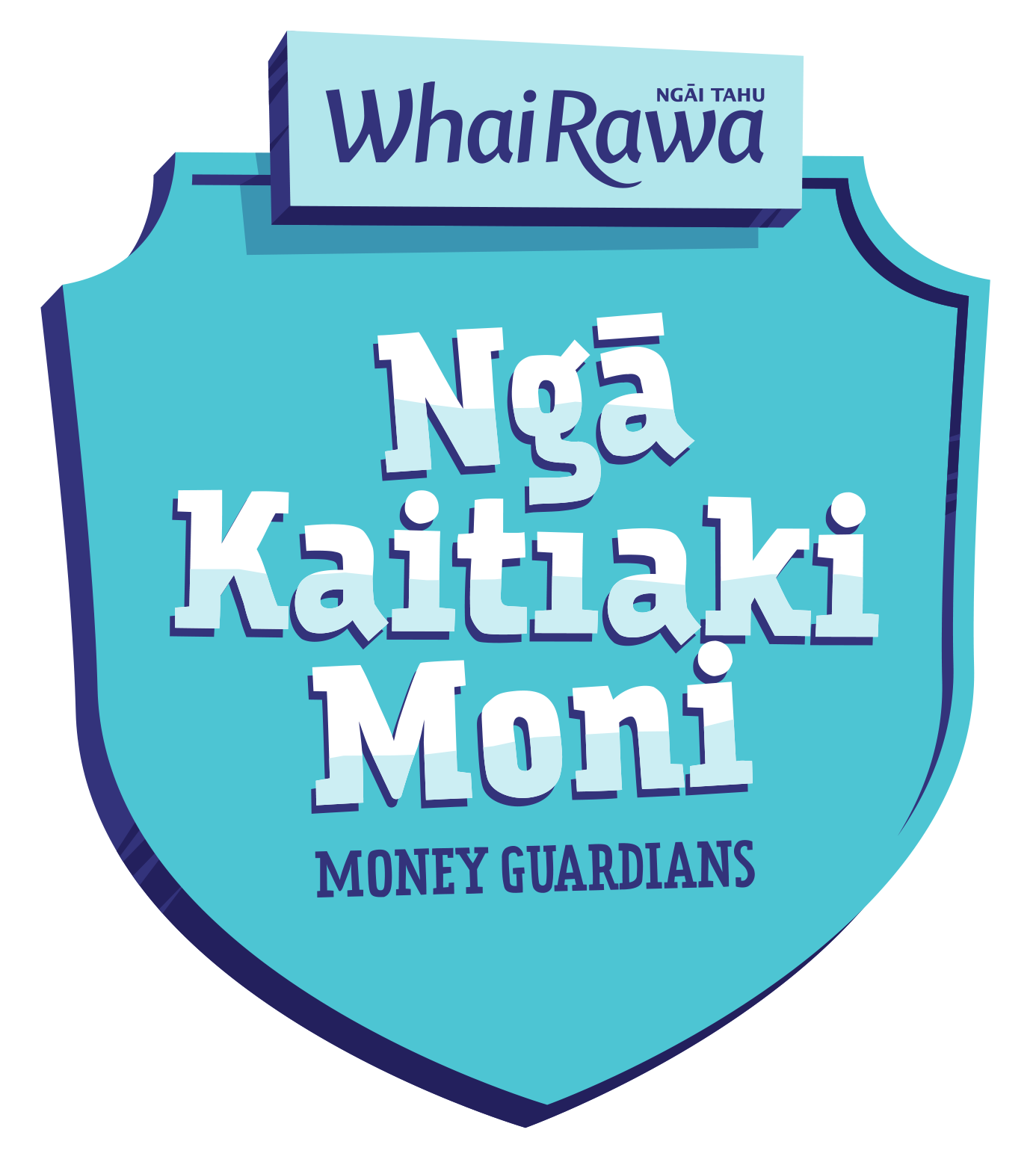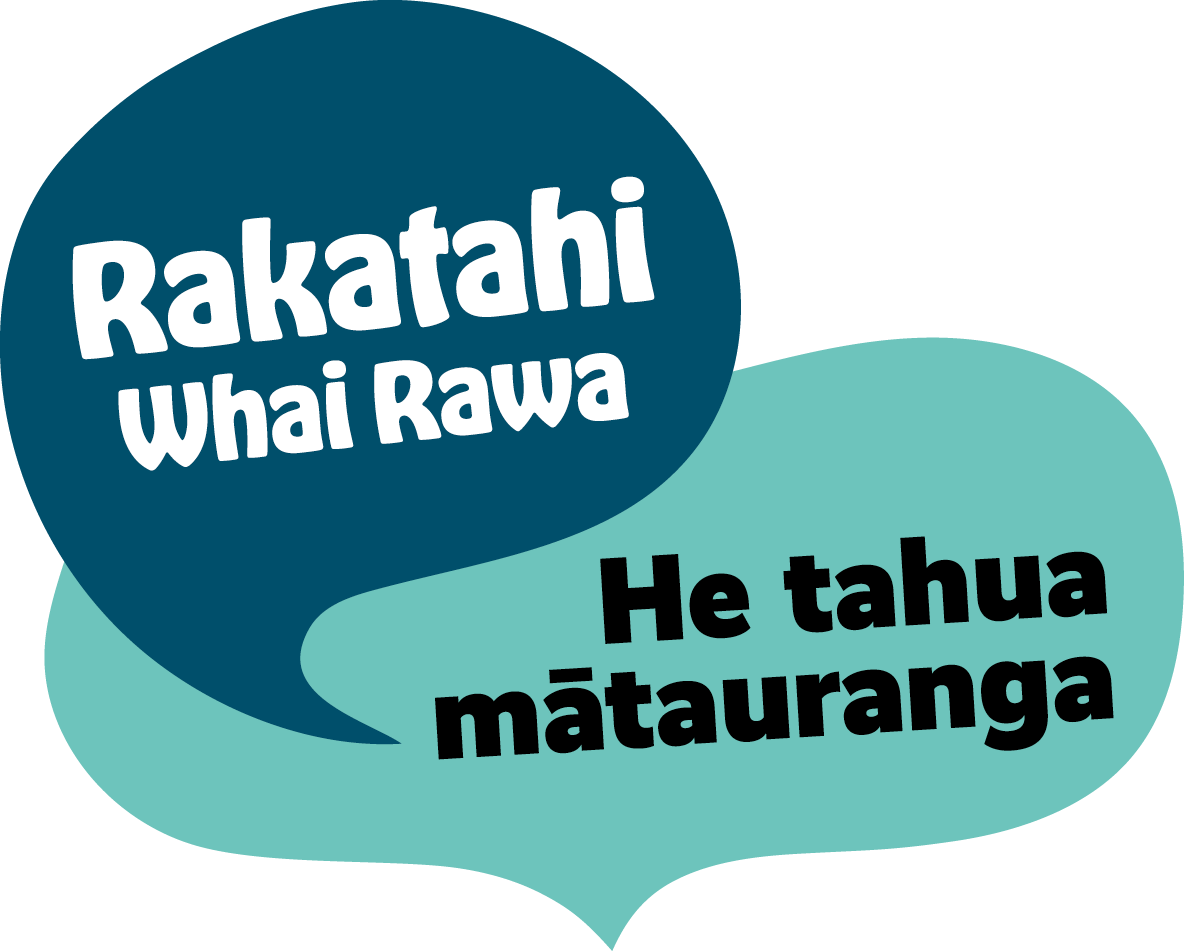Building an emergency fund – how to do it and why.
Are you prepared for the unexpected? Having an emergency fund is a good place to start if you’re looking to help build a sense of financial security. Setting up an account with a buffer can help you remain on top of your expenses or avoid debt if an unexpected expense does come up.
How much do I need to save?
The amount of an emergency fund may vary from person to person and can depend on many factors such as:
- your current expenses
- if you’ve got a kurī, tamariki or other whānau to support
- if you’re likely to incur any costs in the future – think dentist appointments, potential car or house repairs etc









